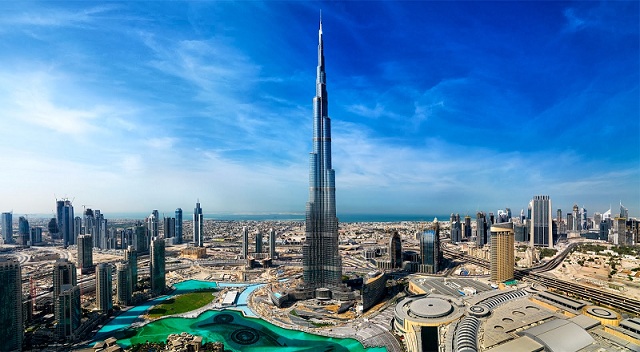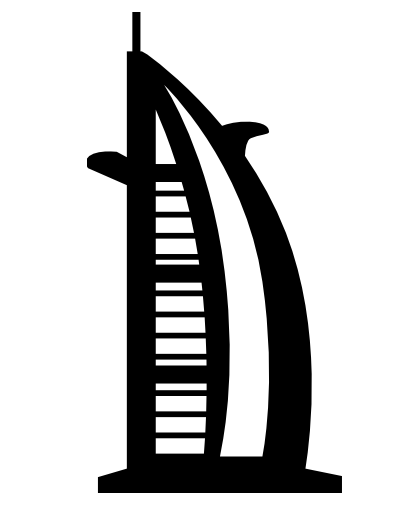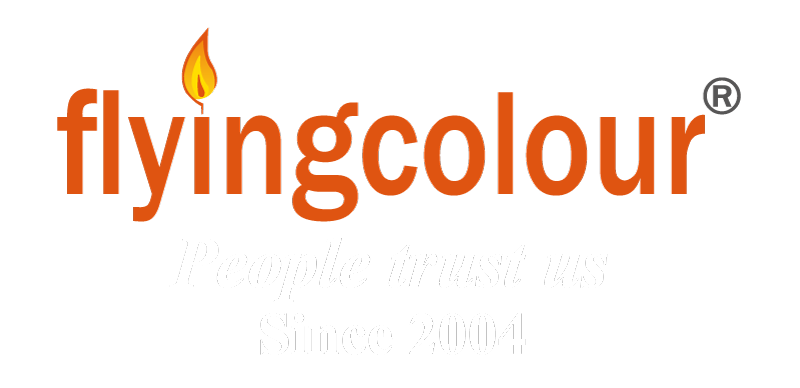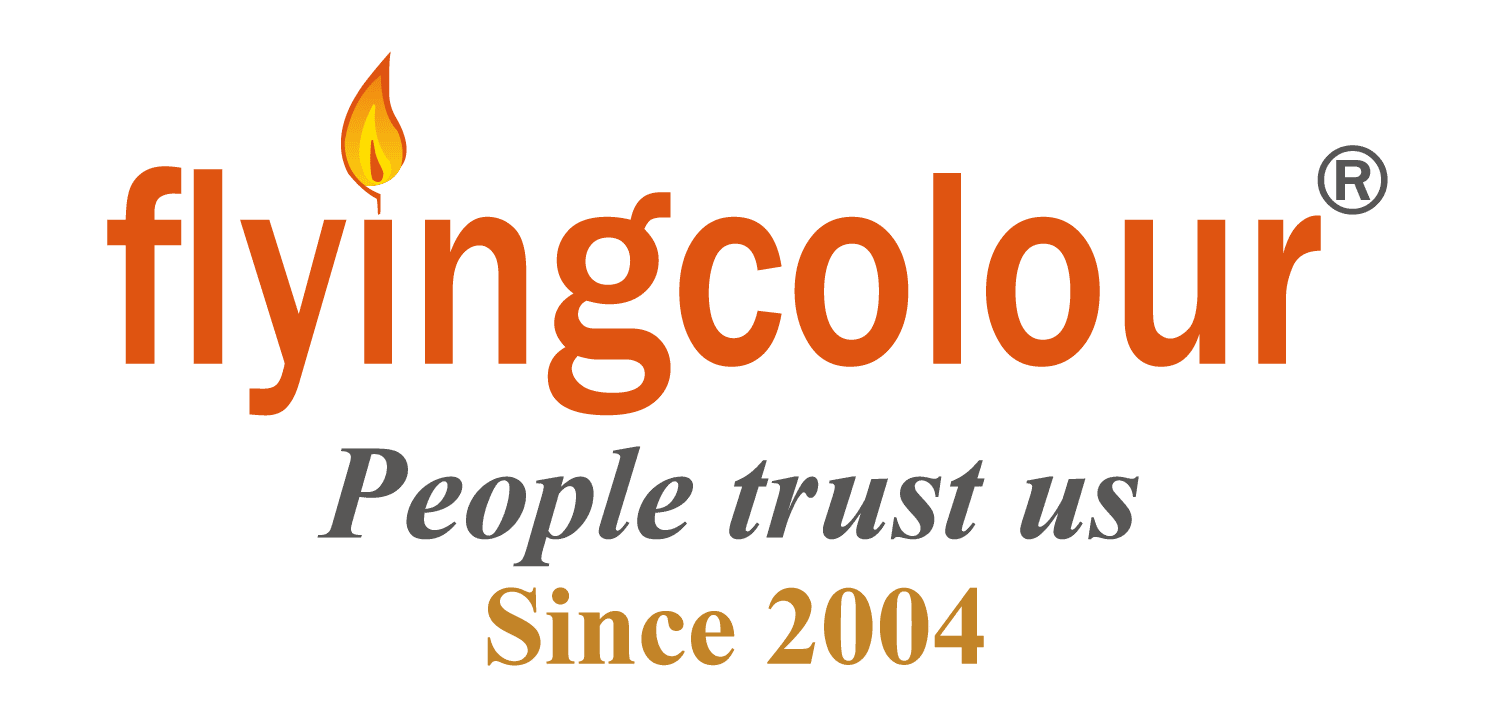Sharjah Company Formation


Ruler
His Highness Sheikh Dr. Sultan bin Mohamed Al-Qasimi BSc (Cairo), PhD (Exon), PhD (Durham) is the current ruler of Sharjah and is a member of the Supreme Council of the United Arab Emirates. He is the third ruler of Sharjah to bear this name. He has ruled Sharjah continuously since 1972, apart from a 6-day period in 1987 (17 June 1987 – 23 June 1987). He is the fourth son of H.H Sheikh Mohammed bin Khalid Al Qassimi
With a degree in Agriculture from the University of Cairo and a Doctorate from the University of Exeter, H.H. Sheikh Sultan is also an accomplished and published author on the subject of the British invasion of the late 19th Century. His Highness is said to have embraced Wahabism, which is an ultraconservative form and discipline of Islam.
Government
The Government of Sharjah is an important member of the Federation of the UAE and as such holds seats on all legislative and law-making bodies for the Federation. Holding a less important role than Dubai and Abu Dhabi, Sharjah is nonetheless an important participant in the steering of policies within the UAE.
Sharjah’s Local Government houses Executive and Consultative Councils that are assigned with the task of making laws for the Emirate and its enclaves. As per the Constitution, Sharjah is a self-governing entity and Sharjah has within its jurisdiction Khorfokkan and Khor-Al-Kalba as enclaves. The Sharjah government has devolved some power to these enclaves and manages its estates via municipalities, agencies and committees.
Infrastructure
Sharjah’s drive to position itself as a redistribution and re-export hub for the fast-growing Middle East market means that the Emirate has to have an infrastructure that can cope with the demands and expectations of such an ambition. The seeds for just such an infrastructural system were sown in the early ’90s, when eleven distinct industrial zones were established by the Sharjah Government, to encourage industrial and infrastructural investment. That led to the creation of a tailor-made model industrial zone with state-of-the-art facilities, greatly boosting power and water supplies, and laying the foundations for a state-of-the-art Emirate.
The Sharjah Airport International Free Zone was quick to follow, with a multi-tiered infrastructure in place for a variety of businesses, including warehouses, offices, communication media, water supply and phased electricity.
Communications
Sharjah has an excellent telephone system, allowing its citizens and visitors to phone anywhere in the world, even from the most remote areas. The sophisticated, multifaceted communications structure of the Emirate includes first-rate telecommunication facilities, with a high mobile telephone and Internet penetration rate. Till recently, the majority government-owned ‘Etislalat’ had a monopoly over mobile telephony, Internet access and cable TV services. The UAE government have made it clear in recent months, however, that they will take quick action to deregulate the market, encouraging healthy competition and opening up the market to world-class operators, foremost among them being the new kids on the block, du.
Satellite Communications & Broadband Internet
Next-generation Internet connections and satellite technology are fast taking hold of Sharjah’s communications scene. Presenting consumers with new options and exciting added features, these technologies are also facilitating new services for Government institutions. One example of this new frontier in technology is Thuraya, a company offering cost-effective satellite-based mobile telephone services to nearly one-third of the globe. Thuraya’s Primary Gateway in Sharjah serves the entire Thuraya coverage area.
As far as Broadband and dial-up Internet services are concerned, both are readily available, with Internet services being quick and efficient for the most part. Sharjah is still a strictly Muslim state though, and many websites containing nudity, blasphemy and various other subjects fall under strict censorship.
Economy / Business Setup
Long before there was oil, long before there was industry, there was agriculture. The activity has played a vital role in Sharjah’s economy for well over two millennia. The numbers paint a true picture, with over 4,000 farms in the Al Dhaid region alone growing a wide variety of produce, from alfalfa greens to traditional dates, lime trees, strawberries, guava, mangoes, oranges and grapefruit.
But what drives Sharjah today is industry, and the Emirate is widely regarded as the industrial heartland of the UAE, accounting for more than 40% of the country’s industrial GDP. Its excellent geographic location and impressive logistical, warehousing and distribution advantages have helped spur industrial growth at break-neck speed.
Oil was discovered in the early 1970s, and the Sharjah Government had the foresight to build an infrastructure of modern facilities around it while opening up the economy in different directions so that it wouldn’t be dependent on oil alone.
An exciting development in the Emirate’s economic scenario has been the emergence of the Sharjah Airport International Free Zone (SAIF Zone) and the development of the Hamriyah Free Zone (HFZA). Developed with the primary objective of boosting foreign investment and trade, the Free Zones venture has been a wildly successful one, with SAIF in particular being cited as the fastest developing Free Zone in the region.
There are quite a few factors which point towards a very healthy future indeed for Sharjah’s economic prosperity. Foremost among these is the Government’s stand on pushing for proactive policies in establishing a solid industrial base to further boost direct foreign investments into the Emirate.
History & Traditions
The third largest Emirate in the UAE has borne witness to several historical events that run parallel to those of Dubai and the rest of the Emirates. Having enjoyed the benefits of a thriving economy from the passing of traders and revenues from pearling in the past, Sharjah is today the third most important and prosperous Emirate in the UAE economy.
Ruled by the Qawassim tribe in the early 19th Century and being an important stopover on the route to India, Sharjah was a rich and prosperous township. The British made inroads into the city and in 1820 managed to get the Qawassim to sign the Great Maritime Treaty guaranteeing peace and protection (from the Ottomans) for the next 150 years. Up until 1971 when Sharjah joined the UAE, it remained a protectorate of the British and a Trucial State with the Sheikhdoms of Oman.
Sharjah was also an important location for an airport which was used by the British for Imperial Airways flights to India in the 1930s. The airport helped bolster the Sharjah economy through the years when pearling was in decline, but the discovery of oil in the Emirate in 1974 soon changed everything. In 1990 natural gas was also discovered, securing Sharjah’s economic fortunes for years to come.
HH Dr Sheikh Sultan bin Mohammed Al Qassimi as Ruler of Sharjah has bestowed peace, prosperity and good fortune on the city of Sharjah since his accession in 1972 as Supreme Ruler of the Emirate.
Architecture
The architecture of Sharjah is characterised by symmetrical, rectangular and square towers and building blocks with Islamic motifs in the form of stars, Islamic calligraphy or design, and fine floral patterns. Great examples of this may be seen along the coast of Sharjah where heritage sites, museums and galleries display historical items, photographs and examples of architecture from traditional times.
The materials used by Arabs in the olden days were mud, dung, chalk, red clay, sea shells and water, with palm fronds providing roofing material. The layout of houses would include separate quarters for men and women with a common central courtyard or area where families could congregate. Decorations would include handcrafted and carved wooden furniture, hand-woven rugs and tapestries. Over the years, marble, gold inlay and gilding, granite and colourful glass have all evolved in their use for decoration in the Arabian home. Wind towers were a common feature of Arab homes and formed a particularly significant part of the region’s architecture – the towers would catch passing winds and swirl them into the heart of the house, giving ventilation and much-needed air to the sun-beaten homes.
Bedouin traditions are as much in evidence today as they were a couple of centuries ago. The Arabs conducted traditional dances, ceremonial rites and singing and dancing celebrations with tribal fervour akin to those of their nomadic desert brethren. Henna, turmeric, oudh (saps providing scent for personal and home use) and other vegetative compounds formed a vital part of traditional grooming, health and religious exercises in the Arabian home. Camel-riding, falconry and the playing of musical instruments, both wind and string, were part of the list of hobbies and pursuits of Bedouins.
The recognition and respect of the family as a central decision-making unit is paramount in Arabian society, as is community approval and acceptance. Joint families are in decline though still largely prevalent and the importance of the patriarch is as much in evidence as it ever was. More and more, Arabian culture is opening up to liberal views and ideas on the importance of the individual, albeit at a slow and steady pace.
Climate
The Emirate of Sharjah, extending from the Hajar mountains in the west to the coastal waters off the Gulf of Oman in the east, becomes well nigh unbearable come the summer. From early May to the middle of October, the climate is stiflingly hot with midday temperatures in July and August regularly reaching in excess of 45°C. The nights are no less harsh, with humidity levels reaching 100%, and not the slightest scent of a breeze anywhere in the air. You should take great care to protect yourself with sunscreens and drink plenty of fluids at regular intervals. Most residents head to cooler climes come the summer.
From November to April though, the climate becomes quite idyllic, with warm sunny days stretching into cool evenings blessed with low humidity. Temperatures range from 18°C to 30 °C, with wonderful breezes making a stroll by the Corniche a delightful affair. Some light rains grace the city with short spells during January, February and March.
Flyingcolour
Get A QUICK QUOTE
Setting up a business in the UAE can be an overwhelming experience for the uninitiated but we can make this job truly easy for you. Talk to our expert consultants for free & decide the best course of action for yourself, today.



